Introduction
Congee, a traditional rice porridge enjoyed across Asia, is a comforting dish that can be tailored to suit various palates. Among the myriad of congee variations, abalone and chicken congee stands out for its luxurious taste and nutritional benefits. Combining the delicate flavor of fresh abalone with the rich, umami-laden taste of chicken, this dish is not only a delight for the taste buds but also a nourishing meal that can be enjoyed at any time of the day. In this guide, we will walk you through the step-by-step process of making a delicious abalone and chicken congee, ensuring that you can recreate this gourmet dish at home with ease.
Ingredients
Before diving into the preparation, let’s list down the essential ingredients you’ll need:
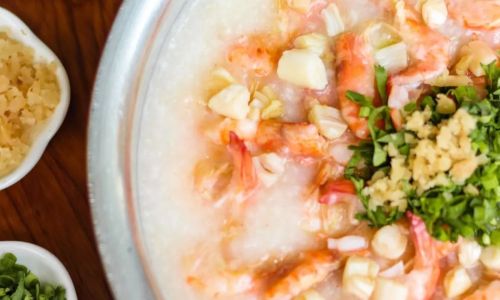
- Fresh Abalone: 2-4 pieces, depending on their size and your preference for abalone’s richness in the dish.
- Chicken Breast: 1 whole breast or 2 thighs, bone-in for added flavor.
- Rice: 1 cup of short-grain or medium-grain rice, preferably Japanese or Chinese rice for a creamy texture.
- Water or Chicken Stock: 6-8 cups, adjust based on desired consistency.
- Ginger: A small piece, sliced thinly.
- Scallions: 2-3, chopped finely for garnish.
- Salt: To taste.
- White Pepper: A pinch, for a subtle heat.
- Sesame Oil: A teaspoon, for flavor and aroma.
- Optional Ingredients: Dried shrimp, Chinese sausage (lap cheong), or other condiments like soy sauce, fish sauce, or oyster sauce for added complexity.
Preparation
-
Cleaning and Preparing the Abalone
Fresh abalone requires careful handling to ensure its delicate texture and flavor are preserved. Start by rinsing the abalone under cold running water to remove any surface impurities. Use a small, sharp knife to gently scrape off any black residue or dirt from the outer shell and the flesh. Once cleaned, slice the abalone thinly into bite-sized pieces. This will help the abalone cook evenly and infuse its flavor into the congee.
-
Preparing the Chicken
Choose a chicken breast or thighs that are fresh and free of any visible bruises or discoloration. Rinse the chicken thoroughly under cold water. If using bone-in chicken, you can either cook it whole and remove the bones later or cut it into smaller pieces for easier handling. Marinating the chicken with a pinch of salt, a slice of ginger, and a dash of white pepper can enhance its flavor. However, for a cleaner, more subtle taste, you can skip the marination and cook the chicken directly in the congee.
-
Cooking the Rice Base
In a large pot, combine the rice and water or chicken stock. The ratio of rice to liquid can be adjusted based on your preference for congee consistency. Generally, 1 cup of rice to 6-8 cups of liquid will yield a creamy, porridge-like texture. Bring the mixture to a boil over medium-high heat, stirring occasionally to prevent sticking. Once boiling, reduce the heat to low and let the rice simmer gently.
-
Adding the Chicken
When the rice has started to soften and the liquid has thickened slightly, add the prepared chicken pieces to the pot. Ensure they are submerged in the rice mixture. Continue to simmer, stirring occasionally, until the chicken is cooked through and tender. This should take about 20-30 minutes, depending on the size and type of chicken used.
-
Incorporating the Abalone

Since abalone cooks quickly and can become tough if overcooked, it’s best to add it towards the end of the cooking process. Once the chicken is cooked and the rice has reached a creamy consistency, gently fold in the sliced abalone. Allow the congee to simmer for another 5-10 minutes, just until the abalone turns opaque and tender.
-
Seasoning and Final Touches
Taste the congee and adjust the seasoning with salt and a pinch of white pepper. Remember, the flavors should be balanced and not overly salty. If desired, you can add a teaspoon of sesame oil for a rich, aromatic finish. Stir well to ensure the seasoning is evenly distributed.
-
Garnishing and Serving
Remove the pot from heat and let the congee rest for a few minutes. This will help it thicken slightly and allow the flavors to meld together. Before serving, garnish with chopped scallions for a burst of freshness and color. If you prefer, you can also drizzle a little more sesame oil over the top.
Optional Enhancements
For those who enjoy a more complex flavor profile, consider adding dried shrimp or Chinese sausage (lap cheong) during the initial stages of cooking the rice. These ingredients will add layers of umami and depth to your congee. Additionally, you can serve the congee with condiments like soy sauce, fish sauce, or oyster sauce on the side, allowing diners to adjust the seasoning to their liking.
Conclusion
Making fresh abalone and chicken congee at home is a rewarding culinary experience that combines the art of traditional cooking with the luxury of gourmet ingredients. By following the steps outlined in this guide, you can create a dish that is not only visually appealing but also bursting with flavors that will delight your taste buds. Whether enjoyed as a hearty breakfast, a comforting lunch, or a soothing dinner, this abalone and chicken congee is sure to become a staple in your kitchen. So, gather your ingredients, roll up your sleeves, and embark on a culinary journey that promises both delight and nourishment. Bon appétit!
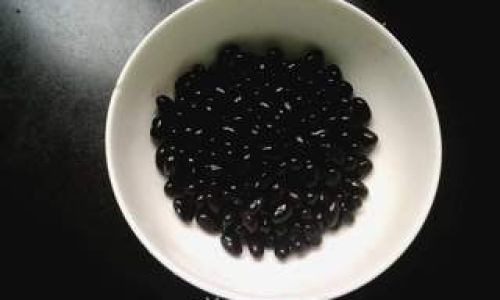

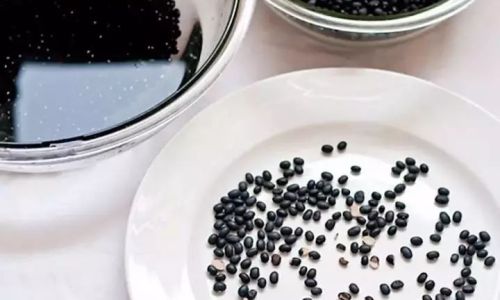
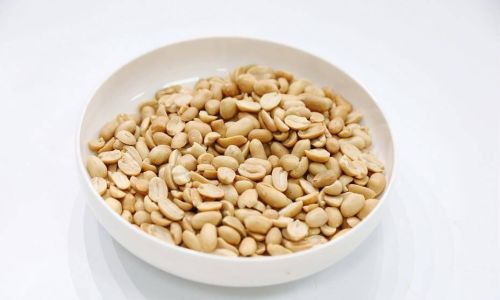

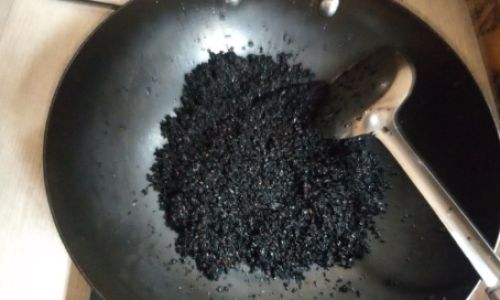
0 comments